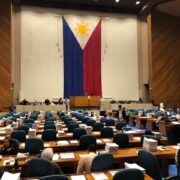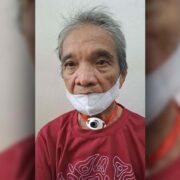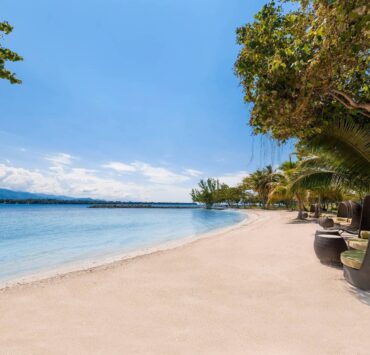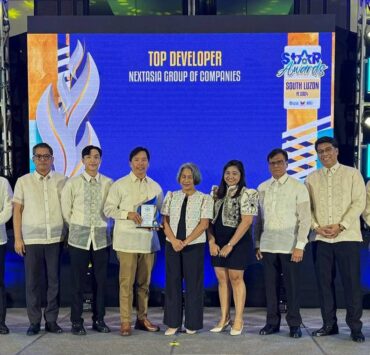A love letter to San Nicolas

This is a love letter to San Nicolas, not the saint, but the old district of Manila whose roots date back to as early as its mother town, Binondo.
With a history inextricable from that of Binondo, San Nicolas is unique for its colorful history and its collection of buildings, however meager, dating from the 19th century to prewar times.
From Baybay to San Nicolas
Once known as Baybay for its coastal location, San Nicolas began as a 16th century Dominican mission similar to Binondo. Baybay was known to be inhabited by natives and Chinese. This mission, however, was later dissolved and subsumed by that of Binondo. It was renamed San Nicolas, after the saint venerated by the Chinese community.
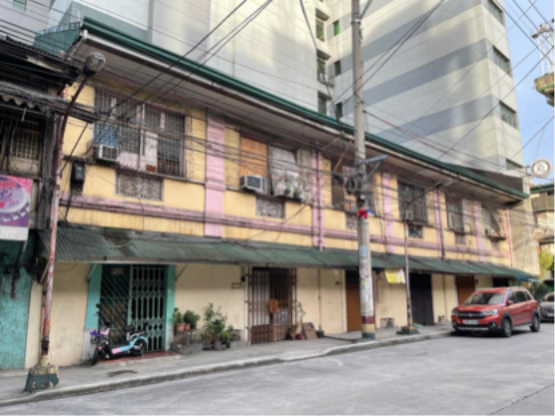
A Chinese silk market
San Nicolas became Binondo’s barrio, a mainly residential enclave of the Spanish, Europeans, and Chinese with their native wives and mestizo children.
Its main street was named after the monarch Fernando VI who ordered the construction of a silk market in 1752. Designed by Fray Lucas de Jesus Maria, the silk market or Real Alcaiceria de San Fernando sheltered Chinese merchants who traded silk and other Chinese goods.
It had stalls, bodegas, sweet shops, and quarters for the Chinese. It had an opium laboratory and den for the Chinese who were allowed to indulge in opium smoking. Razed by a fire in the middle of the 19th century, it was left in disrepair, until it was closed and converted into quarters for the Corps of Carabineers.
It was in the silk market where the San Nicolas Primary School, the first primary school under the Americans, was established in 1898. It is now the Pedro Guevara Elementary School.
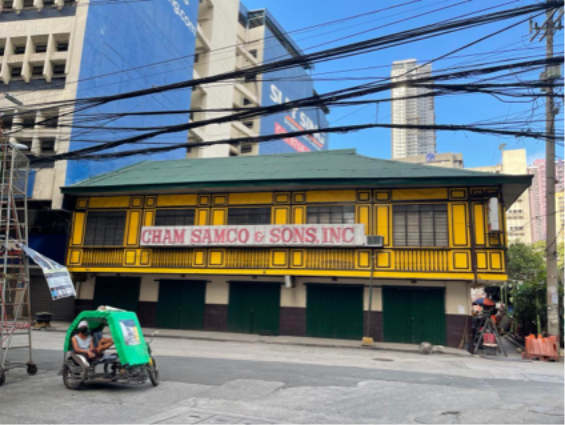
A unique three gremio system
Like other old towns outside the walled city of Manila, San Nicolas had a unique three-gremio system.
A gremio was akin to a guild that facilitated tax collection among constituents—thus, a Gremio de Naturales, Gremio de Mestizos, and Gremio de Chinos.
Headed by a gobernadorcillo, the gremio administered its constituents from a casa tribunal that was an office, tribunal, prison, and a temporary guesthouse all rolled in one. Newly arrived Chinese coolies were initially housed in the casa tribunal until their recruiter could find suitable accommodations for them.
Still standing in Asuncion Street is the old Tribunal de Naturales. It was restored in the late 19th century by then municipal architect Juan Jose Hervas, who also was architect of La Insular Building and Hotel de Oriente in Plaza Binondo and the Tutuban Station in Tondo.

Legends, stories, and manufactories
The streets of San Nicolas indicate their storied past.
Jaboneros was a street of soapmakers, Fundidor of foundries, and Ilang-ilang and Clavel after flower distilleries.
Jose Rizal immortalized in his novel Noli Me Tangere the Fumadero Publico de Anfion in San Nicolas’ old Calle Fumadero (now mistakenly written in the street sign as Fuderama), just off Santo Cristo Street.
A famous foundry was that of Hilario Sunico in Jaboneros Street. It turned out many church bells including those used in Manila’s street tranvia.
A house in Urbiztondo Street was the birthplace of revolutionary general Antonio Luna. Still standing to this day, the house has managed to retain its colonial vintage architecture.
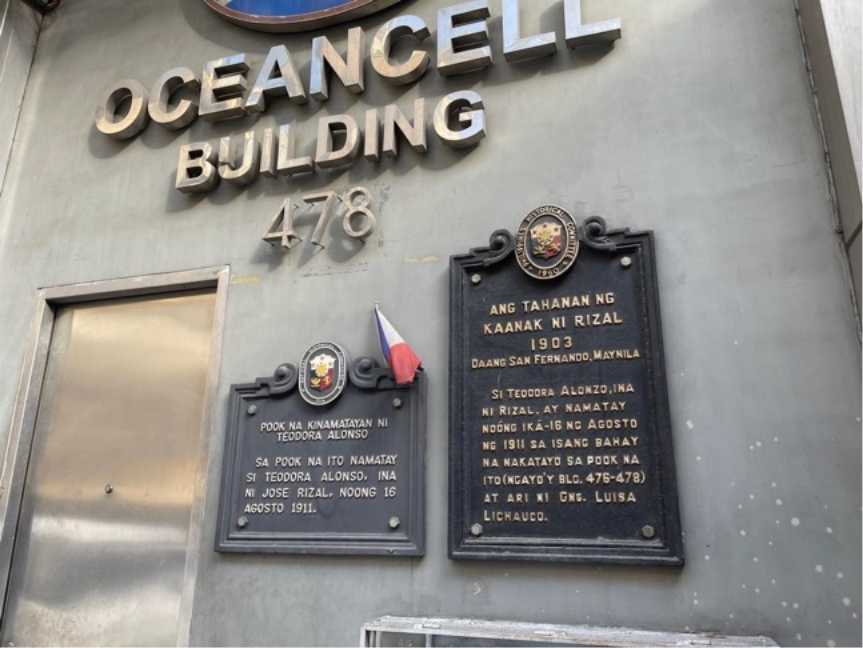
In Plaza del Conde where a fire station is now located was the old Fonda Francesa, a French styled hotel, that was later bought by Lala Ari.
In San Fernando Street was the house where Rizal’s mother Teodora Alonso lived until her twilight years.
In Madrid corner Peñarrubia Streets, the house of the 19th century native gobernadorcillo Lorenzo del Rosario stood out. Described as a casa vizantina, the house was unique for its Byzantine-like main portal and entresuelo balconies. The house has since been relocated as Casa Binondo to the Las Casas Filipinas de Acuzar resort in Bataan.
Japanese business incursion in prewar San Nicolas is seen in the old O’racca Candy Factory in Baracca Street. The building was then converted into a comfort station by the Japanese during World War II, and now stands as the Coast and Geodetic Survey Building.

A postscript
San Nicolas as a residential barrio of Binondo became a separate district in the late 19th century.
It transformed with the influx of more natives and Chinese migrants. But with rising crime rates in the area and the development of more salubrious estates south of the Pasig River, many wealthy San Nicolas families joined the exodus to Ermita, Malate, Pasay, and even farther north to San Juan.
In this letter of affection, love, and nostalgia for historic San Nicolas, what can be a fitting postscript is a deep appreciation of what has been left from its past—street signs inscribed in clay tiles on moldy walls; names like Barcelona, Sevilla, Madrid, Camba, Elcano and Caballeros whispering a Hispanic past; hoary buildings with clay tile roofs; and a smattering of old houses and shophouses.
There are some San Nicolas houses though that have been retained, renovated, and rehabilitated. In the Pedro Guevara Elementary School is a mini museum on the Alcaiceria as managed by its curator, Wilven Infante.
Today heritage advocacy groups conduct walking tours of the district to elicit interest on the haunting presence of what have survived and remained, and the haunting absence of what have been lost.
There is still a glimmer of hope for San Nicolas, a district that tries to grapple with past memories through activities of recollection and nostalgia, and to preserve the remnants of history amid rapid changes and urban transformations.
The author is an architect and researcher born and raised in Manila




